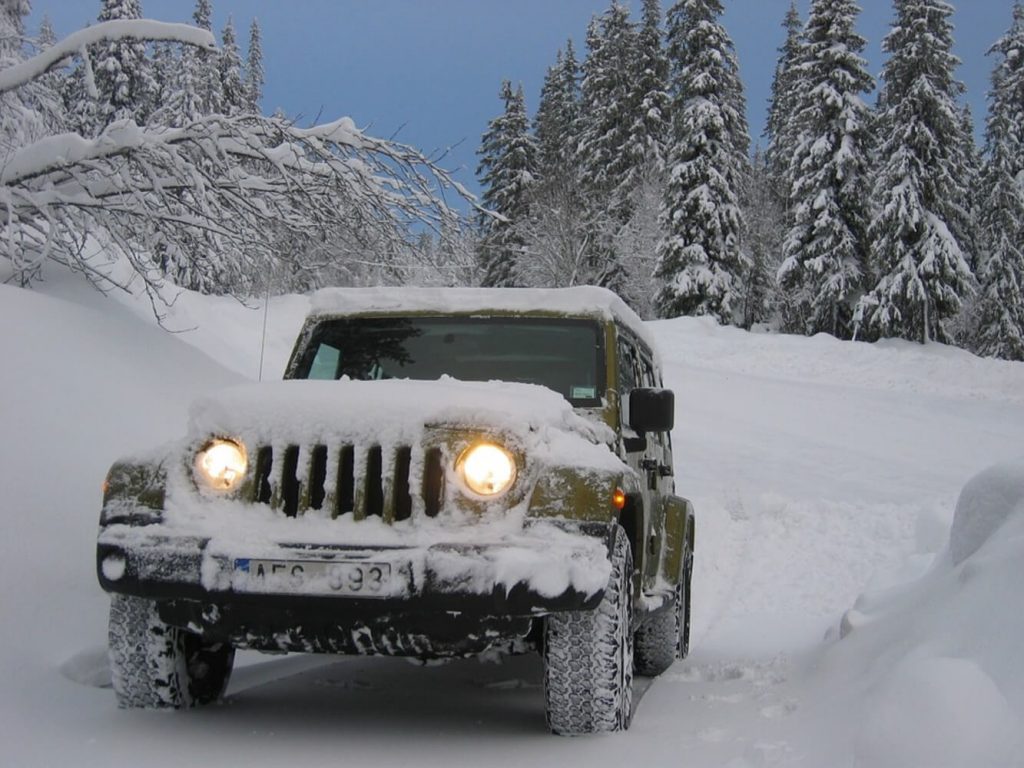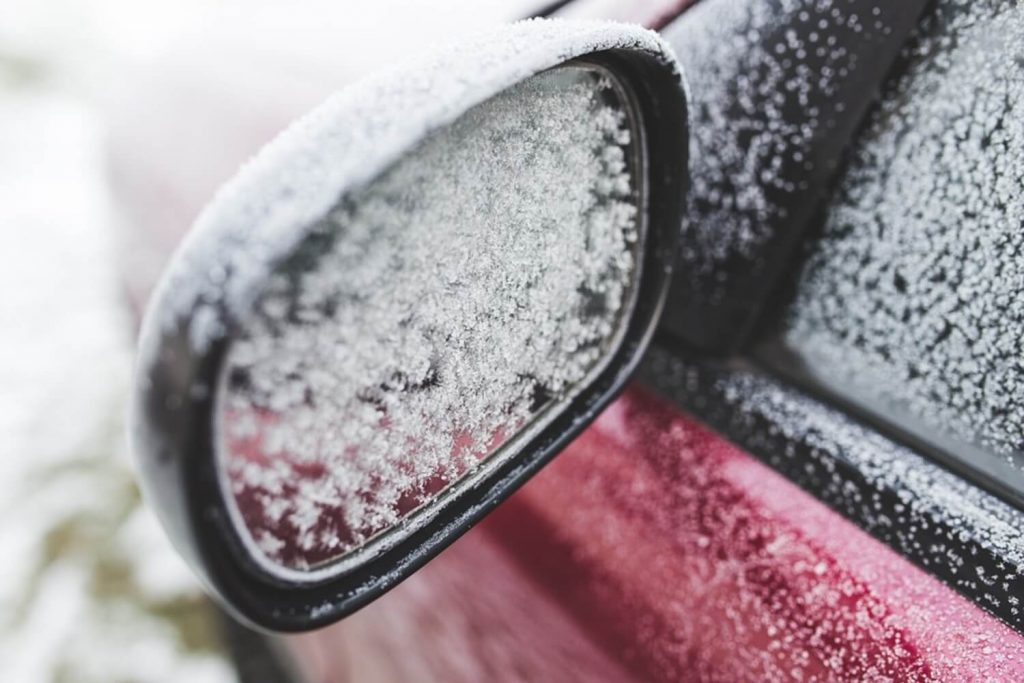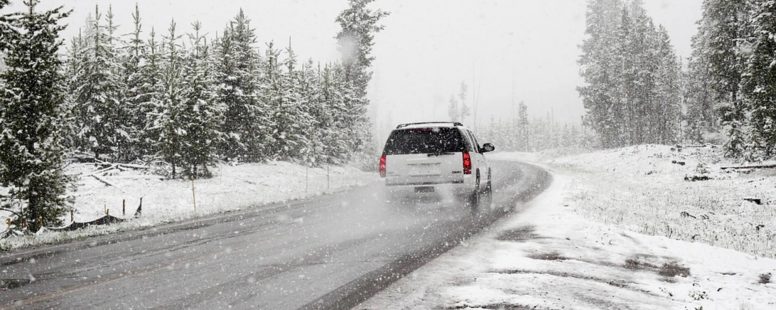How to Determine the Right Type of Snow Tire for Winter Driving
Who doesn’t love the winter? There is so much to do during this season – snowball fights, snowman, ice skating – to name a few. But for drivers, the snow and ice are not your best friends.
That’s why as winter approaches, it’s time to make sure you’re all prepared! For many parts of the country, that means putting on the correct type of snow tires on your car.
Why Do You Need Snow Tires?
Ever tried driving a car during the winter? Rough, huh? With the snow and ice turning the road into a slippery mess, you’re not the only one having a hard time — your regular tires need a break as well!
Introducing snow tires and winter tires – your best friends in this holiday season. Built with a higher percentage of natural rubber and silica than typical tires, they perform better in the cold weather. These materials enable snow tires to maintain their flexibility, thus improving your car’s traction. Finally, winter tires have enhanced grooves and sharp, irregular edges for an even better hold.

How do You Choose the Right Snow Tire?
1. Tire Size
The first thing you have to do is make sure of your car’s tire size, as this would be the primary basis of what you’re going to buy.
If you don’t know the tire size yet, look at the owner’s manual or tire information sticker on the driver’s side door. They typically contain all information about your car, including its tire size.
2. Investigate The Tires
When going out to buy winter tires, you’re better off thoroughly comparing them with each other. You can manually see the difference in quality by looking at its tread rubber, tread depth and pattern, and biting edges, which are unique features of snow tires.
In addition, you should opt for trusted brands. Less expensive ones may sound good at first, but they have a greater risk of poor performance.
3. Ask The Sales Representative
If you’re not knowledgeable enough to make an informed decision, you can go over to the sales representative for help. They will ask you questions that may help you choose your most preferred winter tire.
4. Be Consistent on the Type and Brand of Your Tires
Particular tire brands perform differently and may affect your car’s performance and condition. A tire may wear out way before the other ones, resulting in an uneven balance in traction. When this happens, it may lead to poor handling and increased strain to vehicle differential.
5. Studded or Studless?
Many people get confused about whether to buy studded or studless winter tires. To help you with that, here is a simple comparison.
- When it comes to road noise, studded tires are known to be noisier than their studless counterpart. The metal studs champ against the road when there is little to no ice or snow, resulting in more sound and potential damage to tires and the road.
- There is no significant difference in the lifespan of studded and studless winter tires. Their longevity largely depends on construction quality and maintenance. But compared to summer tires, they generally have a shorter life as they are used in more extreme conditions.
- When driving on hard-packed snow and ice, studded tires are preferable as they offer a better grip. But if you’re area doesn’t get heavy snow, then you can choose otherwise. In unpredictable weather conditions, studless tires are better to minimize noise and damage to both the tire and road when it is clear.

The Bottom Line
Snow tires decrease the risk of traffic accidents during the winter by providing better traction. After reading to the end, you must take note of the most important parts in choosing the right winter tire:
- Winter tires have unique features that are specially built for the cold weather: rubber composition, tread depth and pattern, and biting edges.
- Determine the correct tire size.
- Physically examine and compare the quality of available tires.
- Ask for help from the sales representative.
- Avoid mixing tire types and brands.
- Studless tires produce less noise.
- The lifespan of studded and studless tires depends on the quality of construction and care.
- Opt for studded tires in extreme winter conditions but go for studless tires in moderate and unpredictable weather.
Now that you know how to choose the perfect snow tire, go out there and enjoy the winter. Drive safe!

